

Auctioning: is there life outside Patek Philippe? - Part 1
Some brands are real hits at auctions organized by the greatest auction houses. Led by Patek Philippe and followed by Rolex, some other brands fight for the podium. But as for the rest...
It is hard to miss the several Patek Philippe watches that constantly pop up in the glossy pages of auction catalogues and which constantly break the most awesome records.
Patek Philippe's supreme reign
The brand has led the auction market by a comfortable margin ever since the arrival of Antiquorum some thirty years ago. And, indeed, as soon as the auction house detected its market potential, it took to offering the brand its own events. This translated into exclusive auctions dedicated to the watchmaking industry. Since then, other leading auction houses - Sotheby's, Christie's and eventually Philips - have followed suit. They all created specialized departments and hired licensed experts, who would later became auctioneers –even super-star auctioneers in some cases. A good example would be Simon de Pury, the elegant and refined auctioneer who made real shows of his sessions.
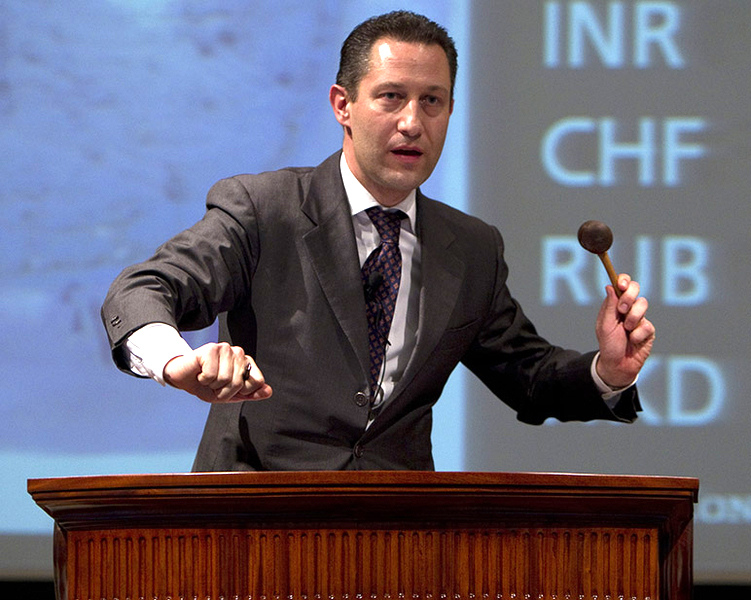
The super star of the last few years has undoubtedly been Aurel Bacs with his imposing presence, his international network and his excellent intuition.
All brands with important historical background such as Longines, Omega, Panerai, Ulysse Nardin, F.P. Journe, Vacheron Constantin and Jaeger LeCoultre dream of making it to the top of the auction universe and join the buzzing auction rooms filled by the sound of bidding speeches. Sometimes a themed sale puts them in the spotlight whilst some other times they manage to finalize the price of a unique piece thanks to accomplice generosity or impulse buying during charity sales.
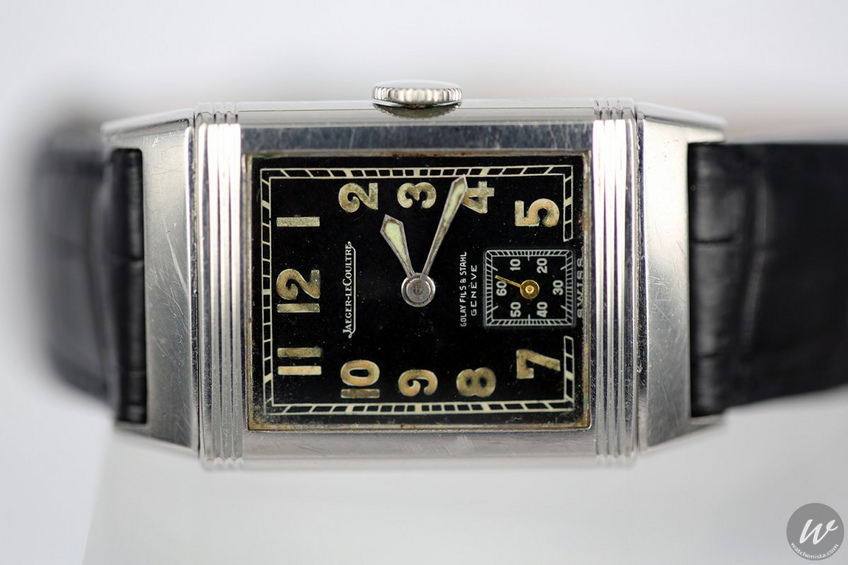
A galaxy of followers on the Net
Apart from these few brands, among which Patek Philippe is numero uno, there are surprisingly several brands that sell their watches outside the control of these main actors. Said models are doomed to disappear almost completely or to escape major collectors due to their price, which confines them to other sales networks, mainly the Internet.
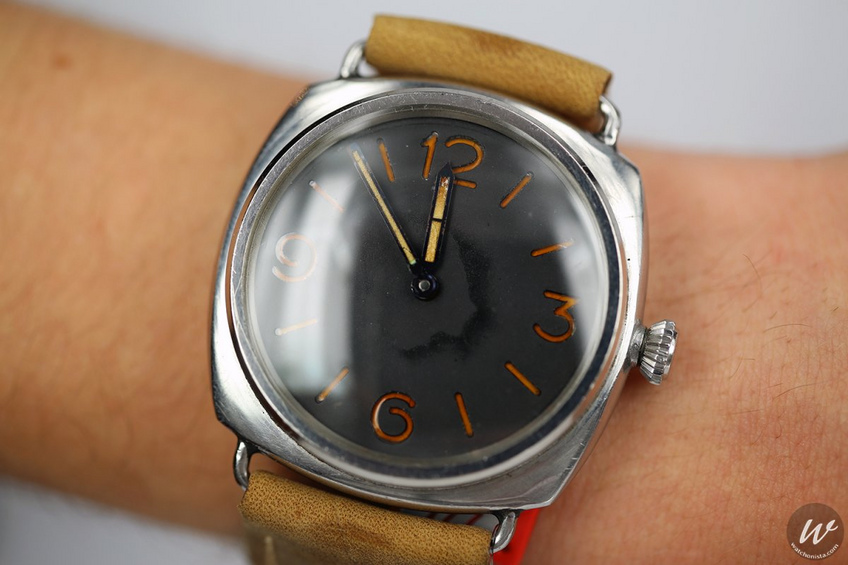
Hence, we find a staggering amount of watches available on eBay and other such websites whose history and legacy – should we bother tracing them – could make them worthy competitors of the “stars” we often see in the media. It would indeed be interesting to add up the potential total value of all these pieces scattered all over the Web and draw a comparison with the prices of the three or four big purchases in auction sales.
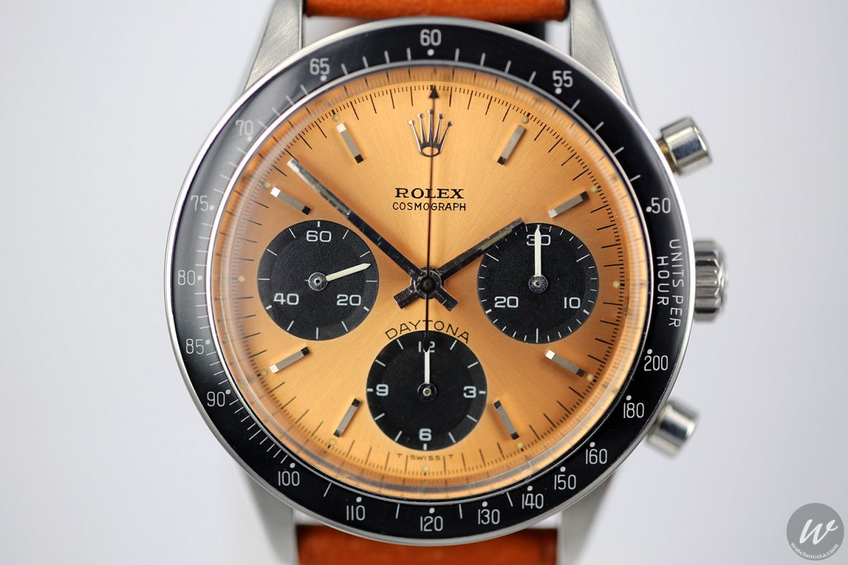
In any case, a close observation of this universe where someone can buy things with a simple click and where any purchase demands an indispensable trust amongst users, makes us think that the most sought-after brands could make the list in the future.
Huge virtual yard sales
The advantage of the Web is that any collector can find something to satisfy their watch buying impulse, whatever their financial means. Some have even put together amazing collections of models which have the equivalent value of Swatch watches but which are very appealing in the sense that they have existed for as long as their owners have lived, for example. Some may have historical backgrounds and be part of a legacy whose tip of the iceberg constantly inspires new vocations worldwide.
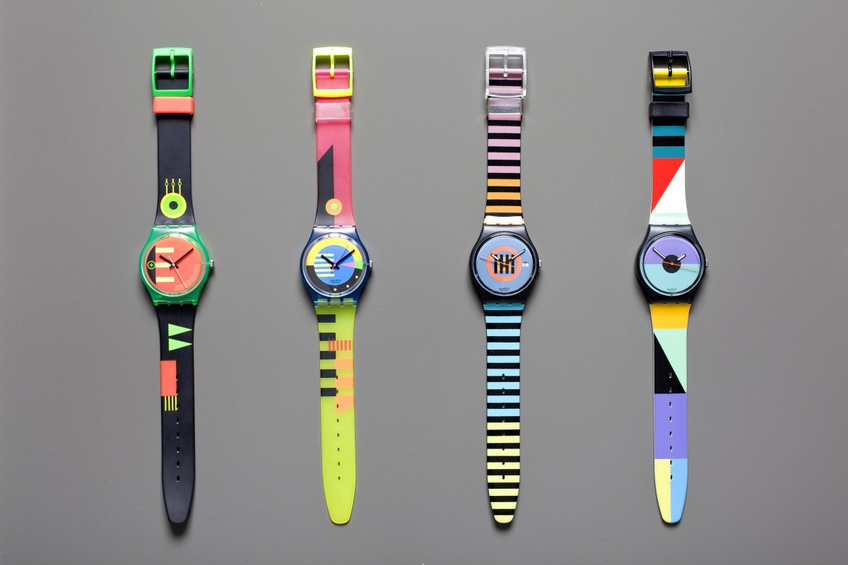
Ranging from a hundred to a few thousand Swiss francs, these models go from wrist to wrist as their buyers gradually grow bolder in their initiatory route as second-class collectors. Watch out, some of these collectors do carry out very extensive research and manage to find the "historical context" of some of these affordable pieces, thus increasing their importance.
Purchasing advice
Consequently, we would first advise to buy, at all costs, the two large volumes on “Swiss Timepiece Makers, 1775-1995” by American historian Kathleen H. Pritchard, who won the Gaia Award in 2000. The award was created by the "Musée International d'Horlogerie" in La Chaux-de-Fonds and its "l'Homme et le Temps" institute. Those two books stocks have sold out and are nowadays hard to find and only available in English. Nevertheless, thanks to a huge effort, they list all the brands and labels that are part of Switzerland's watchmaking history. They are a good start as they are informative and provide a platform for dreaming.
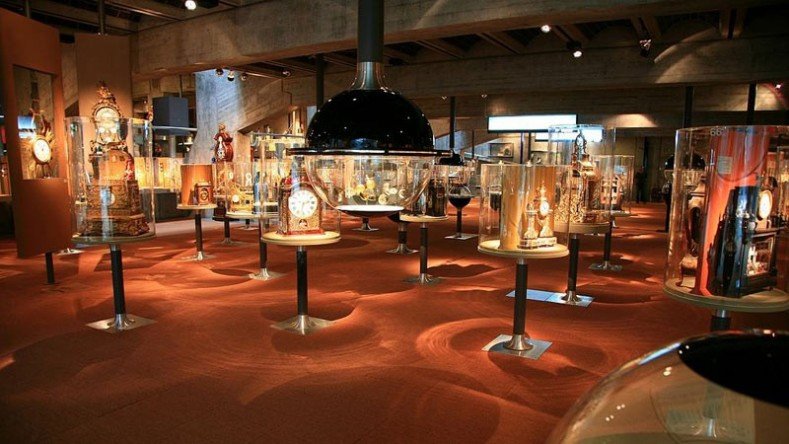
Our second piece of advice would be to learn about the dos and dont's of e-shopping before making any substantial investment.
In other words, one should decipher the meaning behind grainy pictures and advertisements, read between the lines of manuals and assess shipping costs properly, as they should never be over the product's actual price.
Wanted: watch repairers
Lastly, buying second-hand pieces implies building our own network of watch repairers little by little. This also applies for those who participate in watchmaking auctions, to those who hunt for antiques or who get lost at yard sales. While leading auction houses have found a solution to the problem of watch restoring, it remains a weak spot for second-class collectors, as it would change the price from reasonable to too expensive. Ollivier Broto, watch expert and columnist who is often consulted for his opinions, warned: “An old watch wears out especially if it has been worn. All its pivots, springs and wheels, which have been in contact for years, will tend to erode, become more oval and lose their original material, which will either give room to play with them or hinder watch setting".
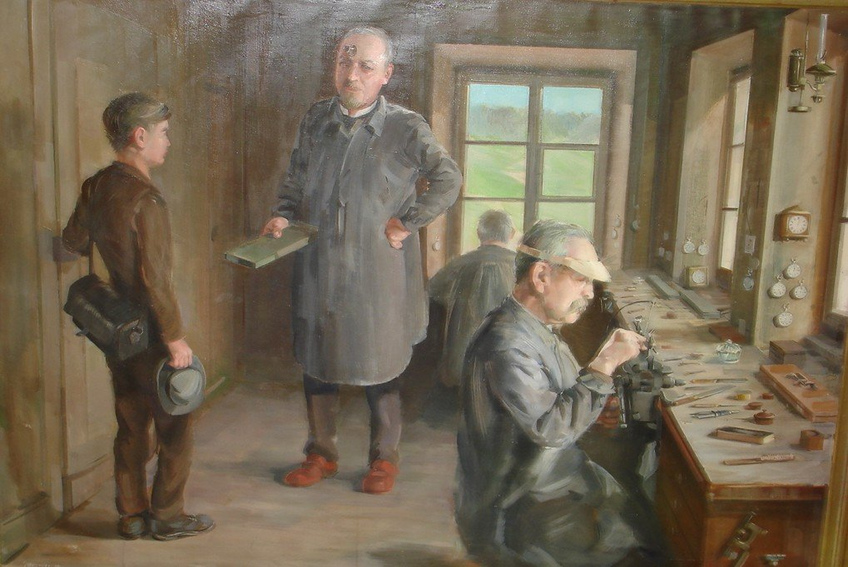
"Modern watches – produced less than twenty years ago – from brands which are still active, can always be repaired by the manufacturer. Yet, this does not apply to products of brands which no longer exist. Hence, owners will be forced to rely on small watchmaking workshops or even on retired watchmakers who are likely to both have the skills and stocks the necessary old parts”, Ollivier Broto informed. Their hourly rate ranges from CHF80 to CHF150. As Broto put it: “If certain components such as pivots, wheels or springs are no longer available, the watchmaker in charge of repairing the piece will have to make them from scratch. It is not only time consuming but it also requires extraordinary skill, as pivot-makers or machine-setters are increasingly rare nowadays".
Taking everything into account… even sweat
Taking into account the cost of repair, it is not surprising that purchasers want to learn more about the historical context of the coveted object, its degree of wear and the way it has been maintained. The piece’s maintenance history can be retraced through the small engravings that watchmakers who worked on the piece will have probably left on the case back. The question is whether those parts came from Switzerland or from countries where spare parts were hard to find and thus left some restorers with no choice but to use sketchy makeshift repairs.
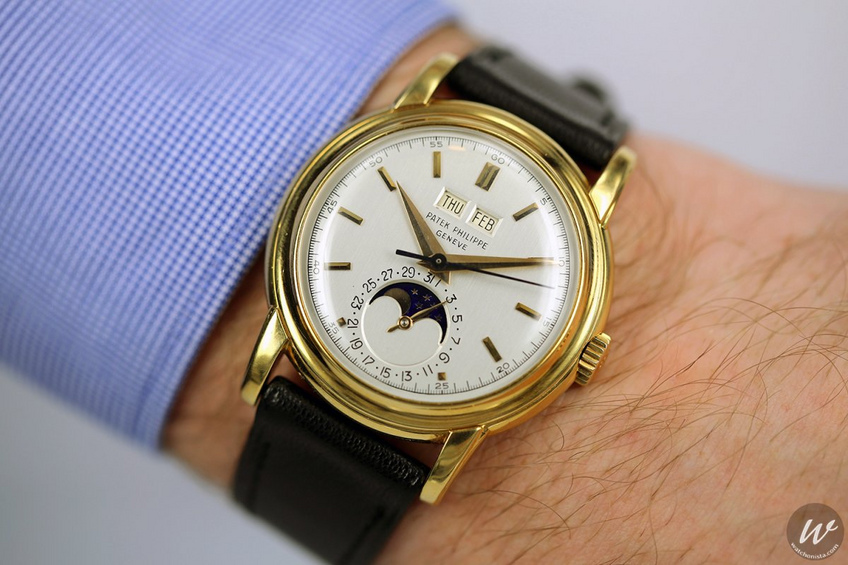
In this situation, requesting an estimate would be ideal. But sometimes the procedure is expensive and the watch's value is not worth it.
You may find this funny but sweat (you did not misread the title) needs to be considered too. And indeed, in good watchmaking, this is not funny at all, as the oxidizing nature of sweat makes it one of the most hostile enemies of beautiful mechanics. Purchasers must therefore take preliminary precautions by looking into the profile of the watch's previous owner, their job and the region in which they lived.
A driving passion
Despite all these pitfalls and the best advice offered, it fortunately often happens that collectors only rely on their passionate intuition: a genuine pleasure and an impressive fascination that find indescribable enjoyment in the watch/object of obsession and in the suspense around who will acquire it.
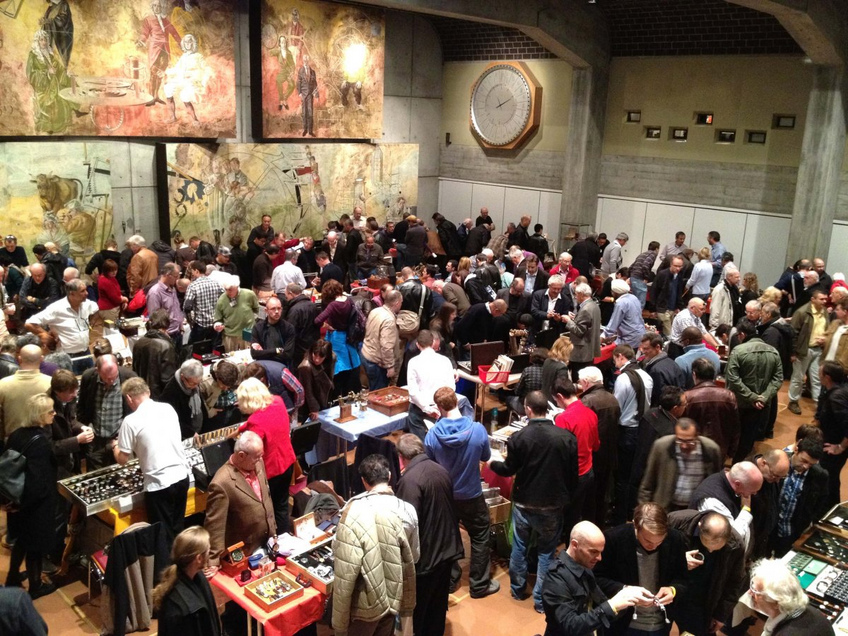
Indeed (other than taking the easy option which would be buying a piece in good condition) nothing beats the beauty of a vintage dial. In the same way, nothing equals the satin-finish imprinted upon the piece by time – please do not attempt to repair it in that case – or the discovery of the technical skills that enabled this watch, survivor of the past, to beat accurately to the rhythm of the measuring of time. Even a non-working timepiece will do, provided that it adds to one’s collection.
And if, in the long term, you happen to come cross one of these newcomers in an auction room, it will mean that it has perhaps successfully passed its training and it is trying its luck in the big league.



